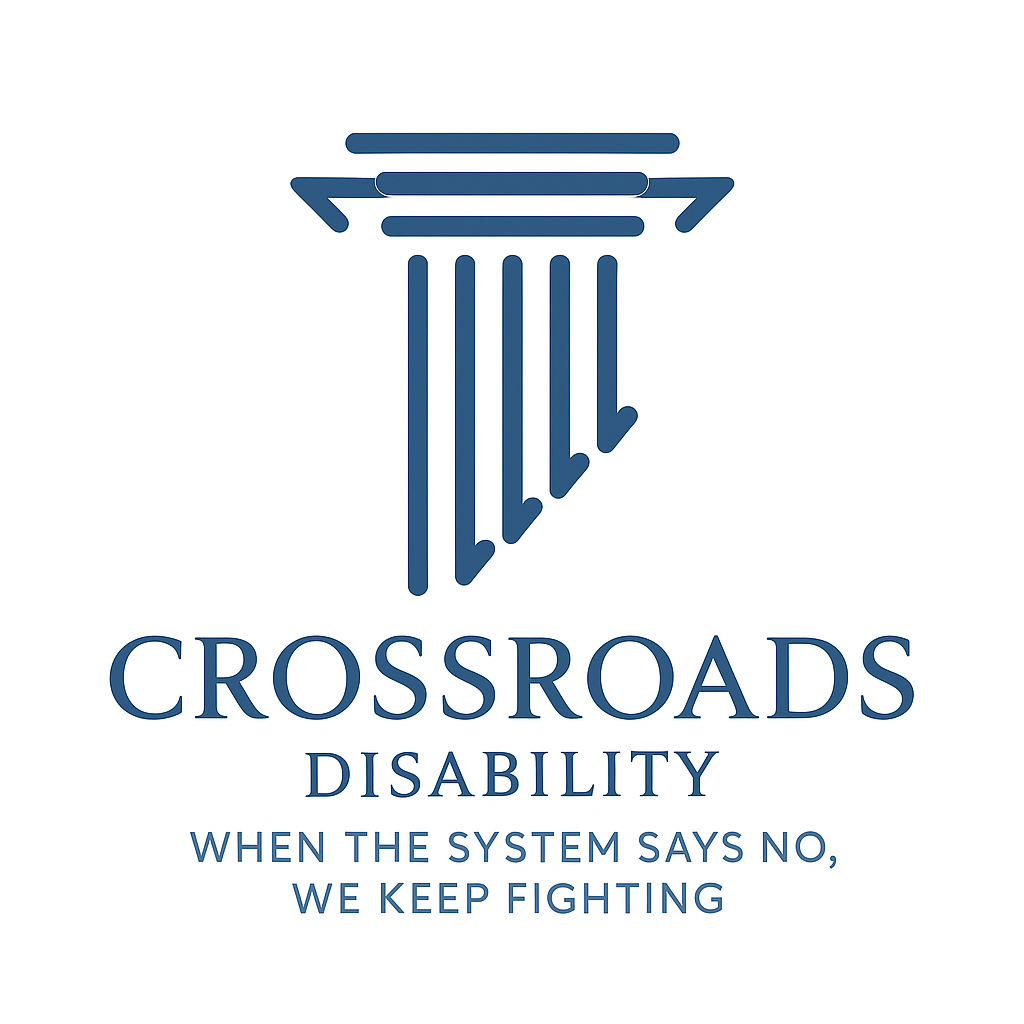Which Is Better: SSDI or SSI?
Is SSDI or SSI Better?

When people apply for Social Security Disability benefits, they often hear two similar terms — SSDI and SSI. Both programs help people who can’t work because of disability, but they operate in very different ways. Understanding how each program works can help you decide which is better for your situation.
What Is SSDI?
SSDI (Social Security Disability Insurance) is a program for people who have worked and paid Social Security taxes (FICA) over time.
When you work, you earn “work credits” based on your income and the years you’ve paid into the system. SSDI is like an insurance policy — if you become disabled before retirement age and have enough credits, you can collect monthly benefits.
Key Facts About SSDI
- Eligibility: Based on your work history and disability status.
- Funding Source: Funded through payroll taxes you’ve already paid.
- Monthly Benefit Amount: Depends on your average lifetime earnings; usually higher than SSI.
- Health Insurance: After 24 months on SSDI, you qualify for Medicare.
- Back Pay: You can receive past-due benefits back to your disability onset date (up to 12 months before you applied). 👉CLICK HERE TO SEE HOW MUCH BACK PAY YOU MAY RECEIVE👈
What Is SSI?
SSI (Supplemental Security Income) is a needs-based program for people who are disabled, blind, or over age 65 with limited income and resources.
You don’t need a work history to qualify — even if you’ve never worked or haven’t paid Social Security taxes, you can receive SSI if you meet the financial limits.
Key Facts About SSI
- Eligibility: Based on disability status and financial need.
- Funding Source: Paid from general tax revenue, not Social Security taxes.
- Monthly Benefit Amount: Federal base rate (in 2025) is about $943/month for individuals, with some states adding a small supplement.
- Health Insurance: Automatically includes Medicaid in most states.
- Assets Limit: You must have less than $2,000 in countable resources ($3,000 for couples).
SSDI and SSI Frequently Asked Questions
1. Can I Get Both SSDI and SSI at the Same Time?
Yes — this is called “concurrent benefits.” If your SSDI monthly payment is low enough, you might qualify for SSI as well. The Social Security Administration automatically checks your eligibility for both programs when you apply.
2. Which Program Pays More Each Month?
SSDI usually pays more. Your SSDI benefit is based on your lifetime earnings and work credits. SSI is limited by strict income caps, so the monthly amount is usually lower (around $943 in 2025).
3. Which One Gives Me Health Insurance?
SSDI → You get Medicare after 24 months of benefits.
SSI → You get Medicaid immediately.
If you qualify for both, you’ll have both Medicare and Medicaid coverage.
4. Do I Need a Work History to Qualify?
Only for SSDI.
SSI is designed for people with little or no work history who still have a qualifying disability and meet the income and asset limits.
5. What’s the Biggest Difference Between SSDI and SSI?
SSDI is based on your work history, and SSI is based on financial need.
Think of SSDI as disability insurance you paid for through taxes, while SSI is a safety-net program for people with limited income and resources.
6. Which Is Better for Me?
That depends on your personal situation:
If you’ve worked and paid into Social Security → SSDI is likely better.
If you haven’t worked much or your income is low → SSI may be your only option.
Many people apply for both to see which one they qualify for.
7. Can I Work While Receiving Benefits?
You can work a small amount under both programs, but Social Security has strict income limits.
In 2025, earning more than $1,620/month (gross) could disqualify you from SSDI. For SSI, even smaller amounts can reduce your monthly check.
8. Do Both Programs Require Medical Proof?
Yes. Both SSDI and SSI require medical evidence that shows your disability prevents you from working full-time. This includes doctor’s records, test results, and statements about your daily limitations.
Which Program Is Better?
It depends on your circumstances.
SSDI Is Better If:
- You have a solid work history and paid into Social Security.
- Your earnings record will result in a higher monthly benefit.
- You want eventual access to Medicare coverage.
SSI Is Better If:
- You haven’t worked much or at all.
- Your income and assets are low.
- You need immediate health coverage through Medicaid.
Many People Qualify for Both
If your SSDI payment is low enough, you may qualify for both SSDI and SSI — called “concurrent benefits.” In that case, you get the best of both worlds: SSDI’s insurance coverage plus SSI’s income and Medicaid support.
How to Decide Which to Apply For
When you file your initial disability claim with Social Security, you don’t have to guess — SSA automatically reviews your eligibility for both SSDI and SSI.
Still, it’s smart to talk with an experienced disability lawyer who can:
- Review your work record and earnings history,
- Estimate your potential SSDI amount, and
- Make sure your SSI financial information is accurate.
Final Thoughts
Neither program is “better” for everyone.
- SSDI rewards people who have worked and contributed to the system.
- SSI protects those with limited means who are still disabled and in need.
If you’re not sure which program fits you, contact Crossroads Disability for a free consultation. We’ll help you determine which benefits you qualify for — and fight to make sure you get every dollar you deserve.










